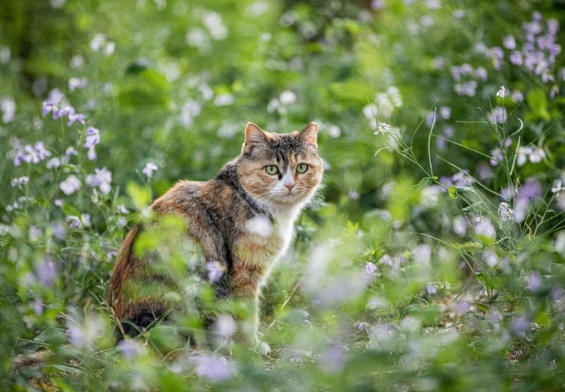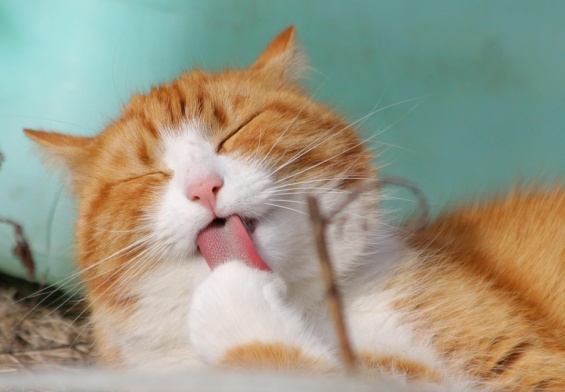2025’s Best Kitten Food Brands: Starting Strong and Healthy
Welcoming a new kitten into your home is a joyful experience, but it also comes with big responsibilities—especially when it comes to nutrition. The right food fuels growth, supports immune health, and lays the foundation for a thriving adulthood. With 2025’s innovative formulas and ethical advancements, selecting the best kitten food can feel overwhelming. This guide breaks down the top brands of the year, ensuring your furry friend gets a pawsome start to life!
What to Look for in Kitten Food
Kittens need high protein (30-40%), moderate fats (15-20%), and essential nutrients like taurine, DHA, and calcium. Key considerations:
- AAFCO-approved for growth stages.
- Real meat as the first ingredient.
- No fillers like corn, soy, or artificial additives.
- Options for sensitive stomachs, grain-free, or sustainable sourcing.
2025’s Top Kitten Food Brands
1. Royal Canin Kitten
- Key Features: Tailored kibble shape for tiny jaws, optimized protein (33%), and antioxidants for immunity.
- Standout Formula: Royal Canin Kitten Dry Food + Mother & Babycat Wet Food Bundle.
- Pros: Vet-recommended, supports digestion.
- Cons: Pricier than average.
2. Hill’s Science Diet Kitten
- Key Features: DHA from fish oil for brain development, balanced minerals for bone health.
- Standout Product: Science Diet Kitten Chicken & Brown Rice Recipe.
- Pros: No artificial colors, trusted brand.
- Cons: Contains some grains.
3. Blue Buffalo Wilderness Kitten
- Key Features: Grain-free, protein-packed (40%) with real chicken and LifeSource Bits®.
- Standout Product: Wilderness High Protein Grain-Free Kitten Food.
- Pros: Includes probiotics, no poultry by-products.
- Cons: High calorie count for less active kittens.
4. Purina Pro Plan Kitten
- Key Features: Fortified with colostrum for immunity, 42% protein from salmon and rice.
- Standout Formula: Pro Plan Focus Kitten Salmon & Ocean Fish Entrée (wet).
- Pros: Affordable, widely available.
- Cons: Contains corn gluten meal.
5. Wellness Complete Health Kitten
- Key Features: Deboned chicken base, omega-rich for skin/coat health.
- Standout Product: Wellness Complete Health Kitten Pâté.
- Pros: Non-GMO, no artificial preservatives.
- Cons: Limited wet food flavors.
6. Orijen Kitten
- Key Features: Biologically appropriate, 90% animal ingredients, freeze-dried coatings.
- Standout Product: Orijen Kitten Grain-Free Dry Food.
- Pros: Ethically sourced, low-carb.
- Cons: Premium pricing.
7. Open Farm Kitten
- Key Features: Sustainable, traceable ingredients with added probiotics.
- Standout Product: Open Farm Homestead Turkey & Chicken Dry Food.
- Pros: Eco-friendly packaging, human-grade meat.
- Cons: Requires gradual transitioning due to high richness.
Buyer’s Guide: Choosing the Right Food
- Protein Source: Prioritize chicken, salmon, or turkey as the first ingredient.
- Hydration: Mix wet food into diets for moisture (critical for urinary health).
- Special Needs: Opt for hypoallergenic formulas if allergies arise.
- Ethical Practices: Brands like Open Farm appeal to eco-conscious buyers.
FAQs
Q: Wet vs. dry food for kittens?
A: Both! Wet food boosts hydration, while dry kibble aids dental health.
Q: When should I switch to adult cat food?
A: Around 12 months, but consult your vet for breed-specific advice.
Q: Are grain-free diets safe?
A: Yes, unless your kitten has specific grain allergies.
Q: Can I make homemade kitten food?
A: Only under veterinary guidance to avoid nutrient deficiencies.
Final Thoughts
2025’s kitten food blends science and sustainability, offering tailored nutrition for every tiny tiger. Pair high-quality meals with regular vet checkups, and you’ll set the stage for a lifetime of purrs. Here’s to happy, healthy kittens—and the proud pet parents who nurture them!
Always consult your veterinarian before changing your kitten’s diet, especially if they have health conditions.





